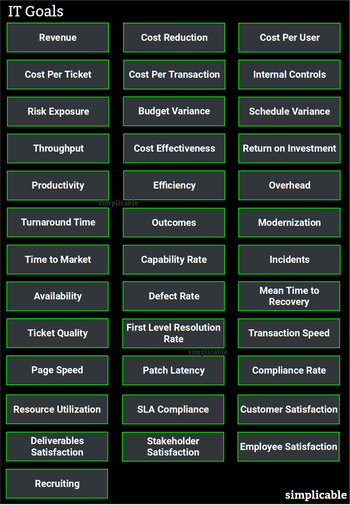
Examples
A software download that is 3 megabytes in size is distributed with a 128 bit hash code. Anyone who downloads the software can use a freely available hashcode tool to confirm the download. The smallest change to the software will generate a completely different hashcode.---An instant messaging app uses a hashcode to confirm that messages haven't been tampered with in transit. ---A programming language uses hashcodes of objects to identify instances.---An encryption tool stores hashcodes of passwords as opposed to the passwords themselves. If the hashcodes are compromised, the passwords will remain confidential.| Overview:Hashcode | ||
Type | ||
Definition (1) | A fixed length code generated from a message for purposes such as data and message verification. | |
Definition (2) | A fixed length code that represents a binary source of any length. Hash codes are ideally non-reversible and sensitive with small changes in source leading to completely different hashcodes. | |
Value | A type of identifier commonly used in data verification, message authentication, encryption and data structures. | |
Notes | The algorithms used to create hashcodes, known as hashing functions differ widely in strength. Algorithms that are considered strong enough for encryption are known as cryptographic hash functions. Hashcodes and hashing should not be confused with encryption as they are simply one of many components that go into building an encryption tool. | |
Related Concepts | ||






























